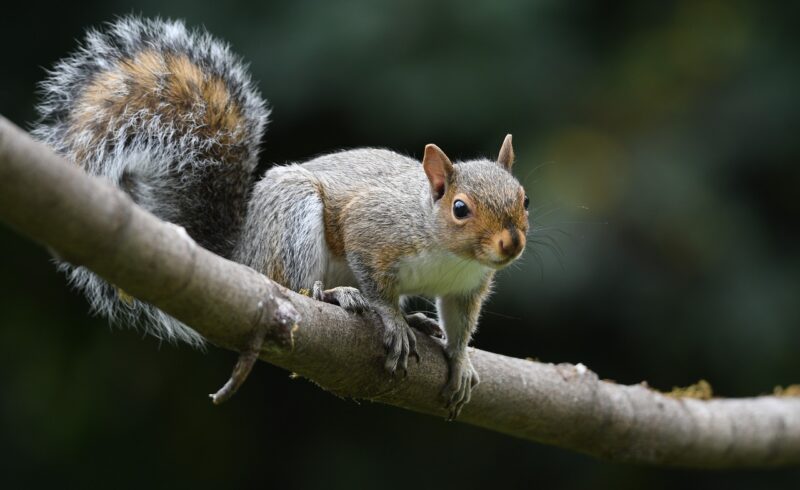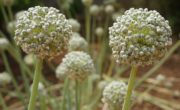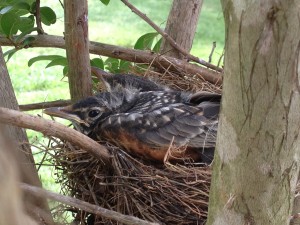
You’ve probably seen a gray squirrel scurrying around on trees and digging for acorns. You may have seen a squirrel running into the middle of the road, darting this way and that, until it finally decides to cross. Most likely, you didn’t pay it much attention. However, in North Carolina or Kentucky, this little animal has been honored as the state mammal. And as it turns out, there’s a lot more to these squirrels than just running about.
Residence
The eastern gray squirrel is a tree squirrel that is native to eastern North America. The Carolinas were actually where activity of this animal was first recorded. However, they have now spread all across the country and have even made the leap across the pond to the United Kingdom! Unfortunately, this squirrel has become so abundant that it has been labeled as invasive in some places, hurting the red squirrel’s population, which is also native to the eastern US. They also take up residence in parts of southern Canada.
Life Span
The lifespan of gray squirrels is six years on average, but a maximum in the wild has been recorded up to twelve years, with twenty years in captivity. Females will begin to have young, called kittens, as early as five-and-a-half months old, typically with litters of two to four twice a year. Newborn kittens usually don’t even weigh one ounce! But they grow quickly and start to leave the nest to forage after three or four months; they are fully mature at nine months.
Food
Although nuts and acorns are their primary food source, gray squirrels also like to strip away tree bark to eat the sap that hides underneath. The squirrels spend fall burying the nuts to store for the colder months. They find their stashes again not through recollection but solely based on smell. To protect their stashes, gray squirrels have been seen digging fake caches to fool other squirrels and keep them from finding their hidden nuts.

However, the squirrels will often forget where their stashes are. In the spring, these will sprout into trees and plants. Because of this, gray squirrels are an essential component in the regeneration of forests. So, the next time you see a little gray squirrel skittering about, take a moment to appreciate the work it does to help our local ecosystem!
Fun Fact: Ever wonder how an animal becomes a state mascot? The gray squirrel was the clear choice for North Carolina! Legislation was brought to the state congress because school children formed the consensus that this animal was their favorite! The bill was passed in 1969, and the eastern gray squirrel has represented the state ever since.
Want information about other wildlife delivered directly to your email box? Just sign up for our free newsletter. We’ll also send you tips and ideas for enjoying the outdoors!










